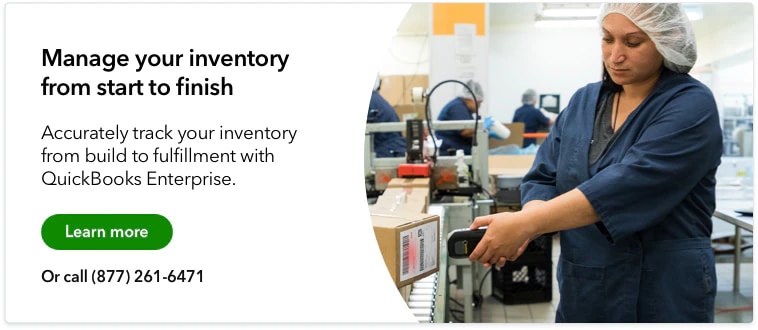For an idea of how ATP works, let’s say we own a widget factory that just implemented an ATP supply chain. For the second quarter of the year, our hypothetical warehouse starts with 10 widgets on hand.
Our system has created a sales forecast for each month this quarter, and we have a Master Production Schedule of 100 widgets per month. At the end of each month, sales orders are tallied up, and the difference between that total and the Master Production Schedule is how many widgets we have available to promise for the following month.
Back to our widget factory—let’s say we had 30 widgets available to promise at the end of April. In May, we had 110 orders, but only produced 100 widgets, which would have been a problem if not for the 10 we had started with on hand.
At the end of the quarter, we had 230 orders compared to 300 that were forecasted and on the Master Production Schedule, leaving us a total of 80 widgets available to promise for the third quarter. Based on quarter two and previous year’s sales, we might adjust our forecasts and Master Production Schedule accordingly to create a leaner, more efficient inventory operation.
Of course, inventory management software that uses ATP is much more complex than this, but the same principles apply. With time, there is more data to work with, allowing businesses to accurately forecast production schedules and inventory for the next month, quarter, or year.














